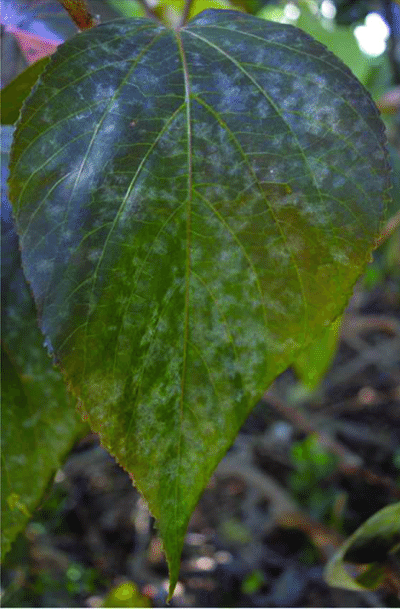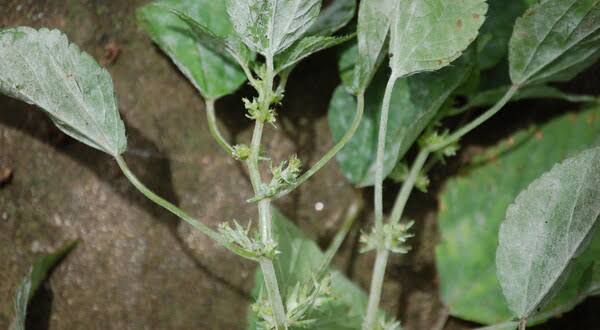Acalypha Plant
Acalypha, also known as Copperleaf, is a tropical shrub valued for its colourful foliage. It thrives in well-drained soil and requires regular watering to keep the soil consistently moist. Pruning can enhance its bushy appearance.
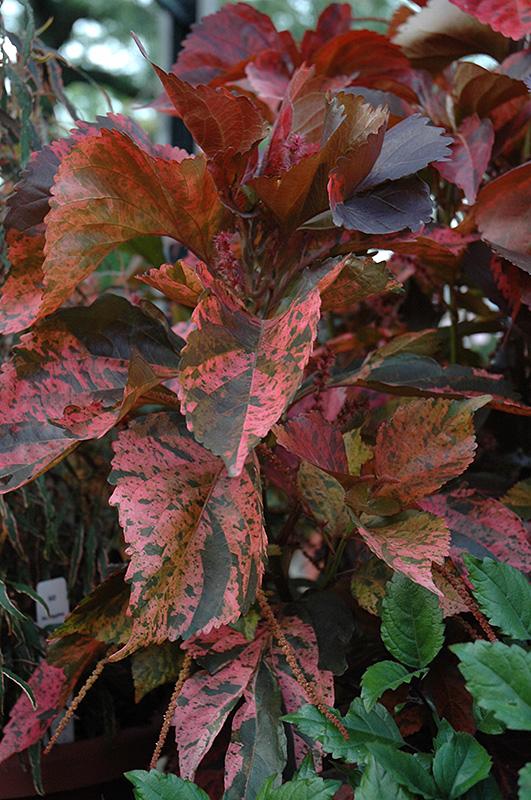
Habit
Shrub
Height
3-8 ft
Growth
Fast
Soil
Well Drained , Fertile
Shade
Partial shade to Full Sun
Moisture
Moist
Edible
No
Medicinal
No
Origin
South Pacific
Climatic Condition
Warm, Humid
Temperature (°)
22-32°C
Humidity (%)
60-85%
Potting media
Peat + Sand
Fertilizers
Organic Compost
Watering
Moderate, Well drained
Plant Weight
100-200 g
Flowering Time
Spring-Summer
Soil Ph level
5.5 - 7.5
Water Ph level
6.0 - 7.5
Soil EC
1-2 dS/m
Yield Per Plant
Ornamental
NPK ratio
10:10:10
life Span
5-7 yrs
Health Benefits
Suggested Grow Media or Potting Mix ?
40% peat moss, 30% perlite, 20% compost, 10% sand.
Suggested Fertigation/Fertilizers
Balanced fertilizer (N-P-K 10-10-10) every 2-3 weeks during the growing season.
Common Diseases and Remedies
Powdery mildew
White patches of fungal growth develop on the lower surface of the leaf.
Remove infected leaves .
HEALTH BENEFITS
Acalypha species have various health benefits due to their medicinal properties. Here are some of the key health benefits associated with Acalypha plants:
Wound Healing: Acalypha indica is widely used in traditional medicine for wound healing. The leaves are applied topically to cuts, wounds, and bruises to accelerate healing.
- Antimicrobial and Antifungal: This plant has demonstrated strong antimicrobial and antifungal activity, making it useful in treating skin infections such as ringworm, athlete's foot, and other fungal conditions.
- Anti-inflammatory: Acalypha indica is used for reducing inflammation in the body. It can help with conditions like arthritis and other inflammatory disorders.
- Antidiabetic: Some studies have shown that Acalypha indica can help lower blood sugar levels, making it useful for people with diabetes.
- Digestive Aid: It has been used traditionally to treat gastrointestinal issues, such as diarrhea, dysentery, and indigestion. The plant may help soothe the stomach and support digestion.
- Antioxidant: The plant contains compounds that act as antioxidants, helping to protect cells from oxidative damage.
What Is An Acalypha Plant ?
Acalypha is a genus of flowering plants that includes a variety of species. They are known for their colorful and distinctive foliage. Some popular varieties include Acalypha wilkesiana, commonly known as Copperleaf, with vibrant red or copper-colored leaves. Acalypha species are often cultivated as ornamental plants, but specific care may vary depending on the particular species.
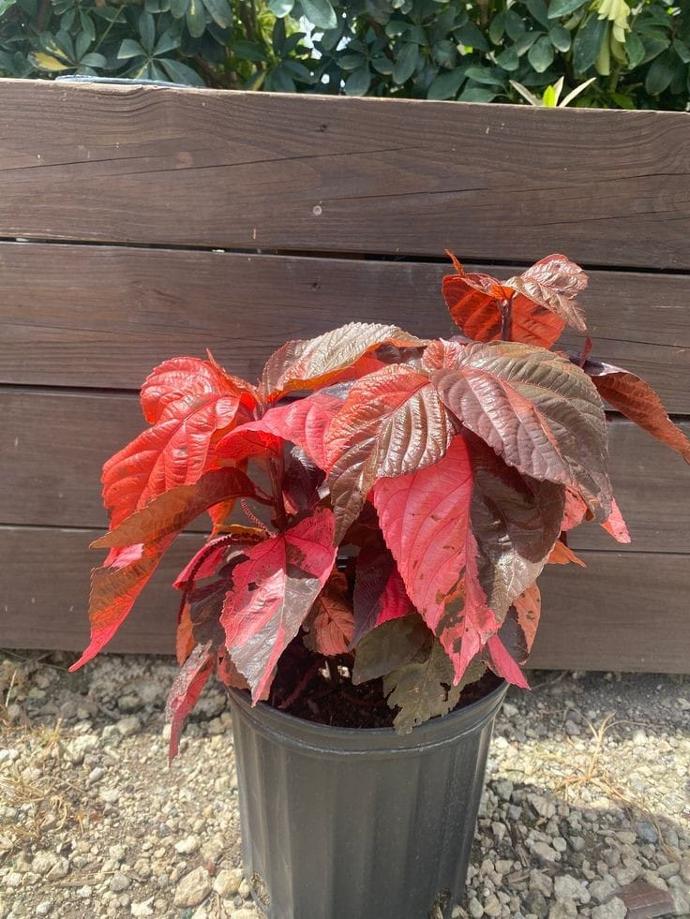
What Are The Different Types Of Acalypha Plants?
1. Acalypha wilkesiana (Copperleaf)
Known for its vibrant, copper-coloured leaves, this species is popular in tropical gardens.
2. Acalypha hispida (Chenille Plant or Red Hot Cat's Tail)
Notable for its long, drooping, red or pink fuzzy flowers, resembling a cat's tail.
3. Acalypha godseffiana (Beefsteak Plant)
Features colourful, variegated leaves in shades of green, pink, and white.
4. Acalypha reptans (Dwarf Chenille Plant)
A compact variety with shorter red or pink fuzzy flowers.
5. Acalypha inferno (Inferno Copper Plant)
Known for its fiery red foliage, adding a bold touch to gardens.
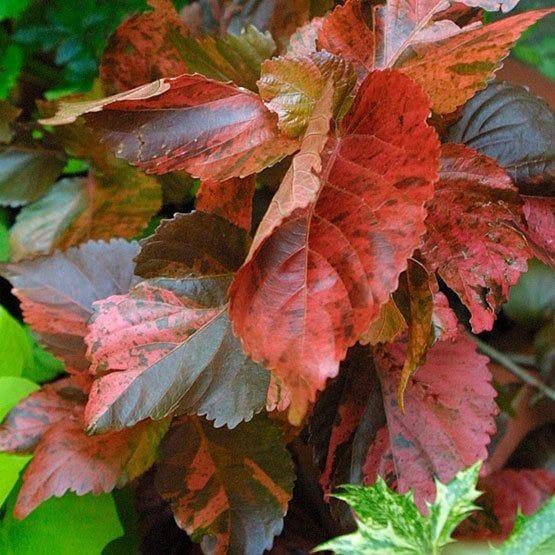
How to care for Acalypha Plant ?
1. Location
Indoors: In cooler climates, Acalypha can be grown indoors in bright, indirect light. Place them near a south or west-facing window to provide sufficient sunlight. Ensure the room is kept warm, and consider supplementing humidity if the air is dry.
Outdoors: If you're in a tropical or subtropical region, Acalypha can be grown outdoors in gardens or as part of landscaping. Choose a location with well-draining soil and partial shade to protect them from intense afternoon sun, especially during the hottest part of the day.
2. Sunshine
Acalypha plants generally prefer bright, indirect sunlight. Place them in a location with filtered light, and avoid direct sun exposure, especially during the hottest parts of the day. Keep an eye on the plant's response, and adjust its placement if needed.
3. Soil
A well-draining potting mix works well for acalypha plants. You can use a mix formulated for tropical plants or create your own by combining equal parts of potting soil, perlite, and peat moss. Ensure the soil stays consistently moist but not waterlogged.
4. Hydration
Keep the soil consistently moist for your acalypha plant. Water it when the top inch of the soil feels dry. Ensure proper drainage to prevent waterlogging, as acalypha plants don't like overly soggy conditions. Adjust the watering frequency based on environmental factors like temperature and humidity.
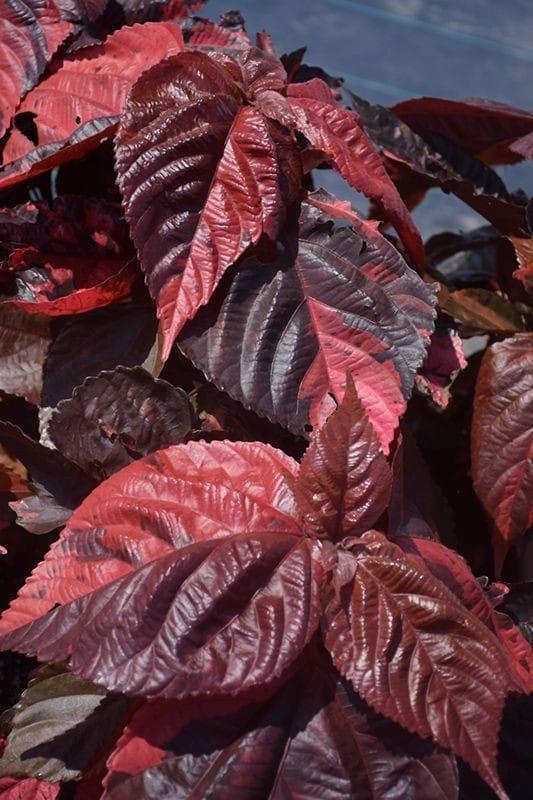
5. Nourishment
Feed acalypha plant liquid evenly every 4-6 weeks throughout the growing season (spring and summer). Dilute fertilizer to half or one-third of the recommended strength to avoid overfertilization. Reduce or stop fertilizing during the fall and winter months when plants are dormant. Be sure to follow the instructions on the application for your specific fertilizer.
6. Issues
Acalypha plants prefer consistently moist soil but can suffer from root rot if overwatered. Insufficient water can lead to wilting and stress for the plant. Inadequate drainage can cause waterlogged soil, impacting root health. Inadequate sunlight can result in leggy growth and reduced vibrancy of foliage. Watch out for aphids, mealybugs, or spider mites, which can infest acalypha plants. If the plant shows yellowing leaves or stunted growth, it may indicate a lack of essential nutrients. Acalypha plants are sensitive to cold temperatures; protect them from drafts or sudden temperature drops.
What are the Benefits of Acalypha Plant ?
Acalypha plants are known for their vibrant and colourful foliage, adding visual interest to gardens or indoor spaces. Like many plants, acalypha contributes to air quality by absorbing pollutants and releasing oxygen during photosynthesis. In outdoor gardens, acalypha can enhance diversity and provide a striking contrast to other plants with its unique foliage. Acalypha plants are generally easy to care for, making them suitable for both novice and experienced gardeners. While they might not offer specific health benefits, the aesthetic and environmental contributions of acalypha plants make them valuable additions to gardens and indoor spaces.
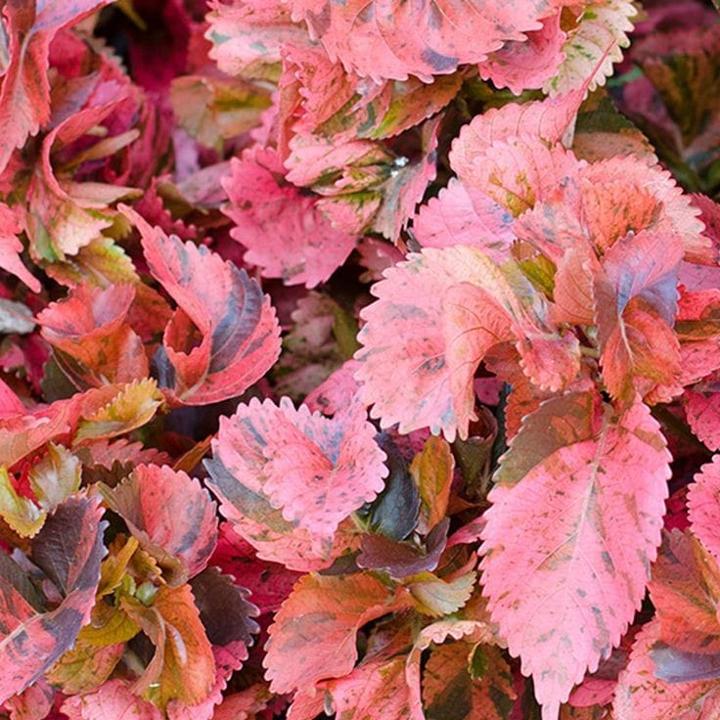
FAQs About Growing Acalypha Plant
1. How to maintain acalypha plant ?
To maintain your Acalypha plant, follow these care guidelines:
Place it in bright, indirect sunlight. Shield it from intense midday sun, especially in warmer climates. Keep the soil consistently moist. Water when the top inch of soil feels dry. Ensure proper drainage to avoid waterlogging. Use well-draining potting mix, preferably formulated for tropical plants. Repot if it outgrows its current container. Feed with a balanced liquid fertilizer every 4-6 weeks during the growing season. Dilute the fertilizer to prevent overfeeding. Acalypha prefers warm temperatures. Protect it from cold drafts and temperatures below 50°F (10°C). Trim leggy or unruly growth to maintain a compact shape. Regular pruning encourages bushier growth. Monitor for pests like aphids or mealybugs. Treat infestations promptly with insecticidal soap or neem oil. Acalypha appreciates higher humidity levels. Use a humidity tray or mist the plant occasionally. By consistently attending to these factors and adjusting care as needed, you'll support the health and vitality of your Acalypha plant.
2. What are the uses of acalypha plant?
Acalypha plants are primarily grown for ornamental purposes due to their vibrant and colourful foliage. However, they don't have significant traditional uses for medicinal, culinary, or industrial purposes. Here are some ways people use Acalypha plants:
Acalypha is commonly cultivated as an ornamental plant in gardens and landscapes, adding aesthetic appeal with its distinctive foliage. Some varieties of Acalypha, especially those with colourful leaves, are grown as houseplants to enhance indoor decor. Acalypha can be used in landscaping to create borders, hedges, or as focal points in garden designs. The vibrant leaves of Acalypha can be used in cut flower arrangements or as foliage in floral displays. While Acalypha doesn't have direct practical applications, its visual attractiveness makes it a popular choice for those looking to enhance the beauty of their gardens or indoor spaces.
3. Can I grow acalypha plant in indoor ?
Yes, you can grow Acalypha plants indoors. They prefer bright, indirect light and well-draining soil. Keep the soil consistently moist but not waterlogged. Additionally, maintaining a warm and humid environment can promote healthy growth.
4. Which Pot is best for growing acalypha plant?
Choose a pot that has good drainage to prevent waterlogging, as Acalypha plants prefer well-draining soil. A pot with drainage holes at the bottom allows excess water to escape. Additionally, use a pot that accommodates the size of the plant, providing enough space for root development. Plastic, ceramic, or terracotta pots are commonly used for indoor plants, depending on your preference and the aesthetics you desire.
5. How the acalypha plant propagate?
Select a healthy, non-flowering stem and cut a 4-6 inch section using clean, sharp scissors or pruning shears. Make the cut just below a leaf node. Remove the leaves from the lower half of the cutting to expose the nodes where roots will develop. Dip the cut end of the stem in rooting hormone (optional but can promote root development). Plant the cutting in a well-draining potting mix, burying the cut end about an inch deep. Keep the soil consistently moist, but not waterlogged. You can cover the cutting with a plastic bag or use a propagation tray to maintain high humidity. Place the cutting in a location with bright, indirect light. Roots should develop in a few weeks. You can gently tug the cutting to check for resistance, indicating root growth. Once rooted, transplant the cutting into a larger pot if needed. Remember, not all cuttings may successfully root, so taking multiple cuttings increases your chances of success.
